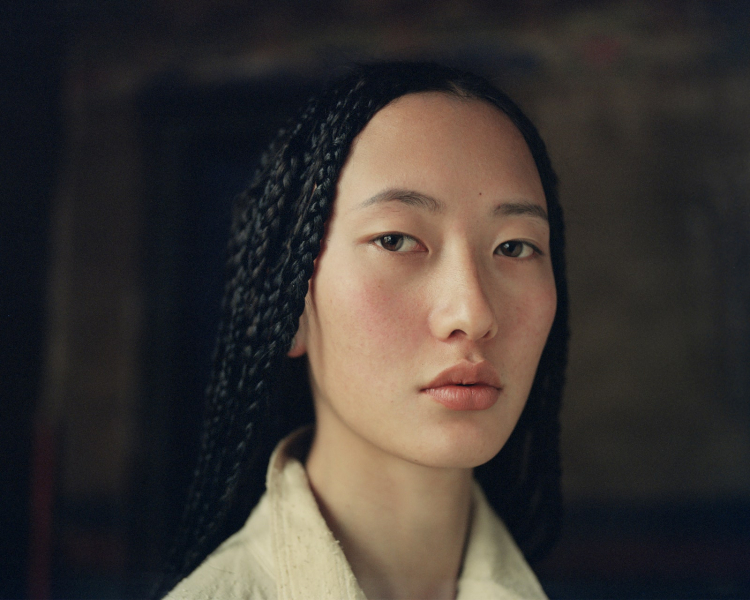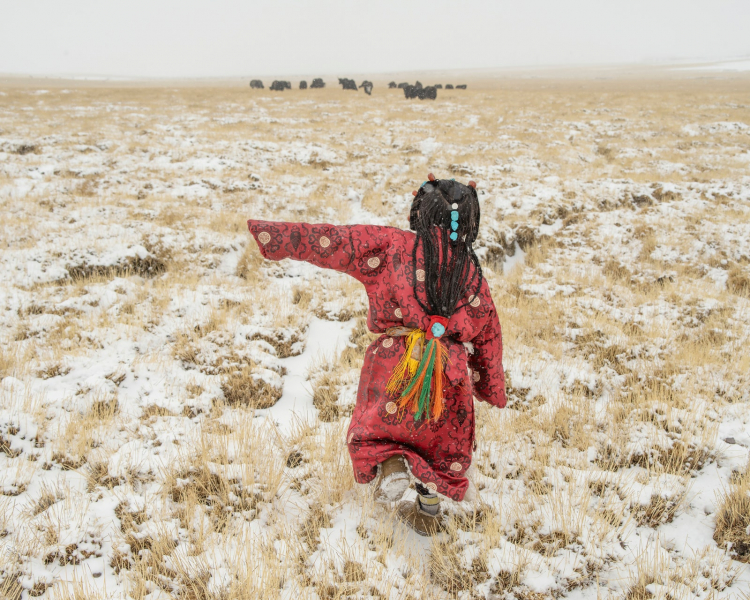Thirty-five-year-old Yangram, who lives in northwestern Tibet, began braiding her sisters’ hair at the age of 12. The nomadic herding tribes that live here are known for the unique traditional style of 108 Braids, a reference to the 108 holy volumes of Tibetan Buddhism.
Once used as a form of communication – to share one’s relationship status or religious affiliation – 108 Braids is now also a tribute to the region’s heritage. Once braided, hair is adorned with all manner of earthy ornaments, like pine cones, coral and turquoise, all woven into the braids to denote a milestone in life.
Now, women from all over the Nagqu region come to Yangram for her skilful braiding, which she describes as “thinner than a chopstick”. She’s also modernised the practice a bit by mimicking these styles with wigs, using black yak-felt threads “to make it easier for women to carry on the tradition” without the time or commitment to these elaborate braids. “Tibetans want to enjoy the conveniences of modern life.”
Life’s milestones – a birth, reaching adulthood, marriage, and death – are all marked with braiding and hair jewellery: jewellery that reflects the glorious colours of nature.
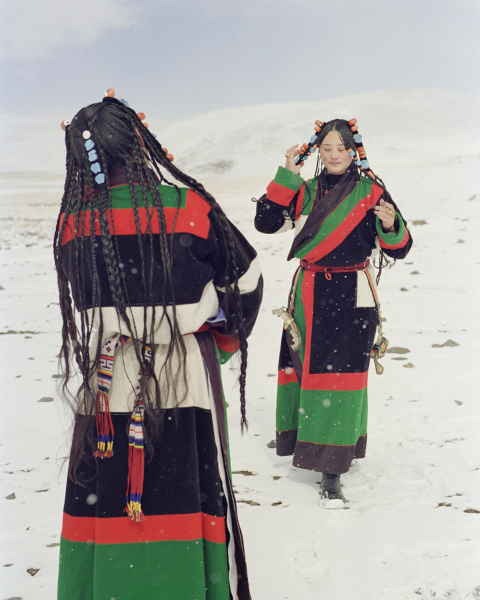
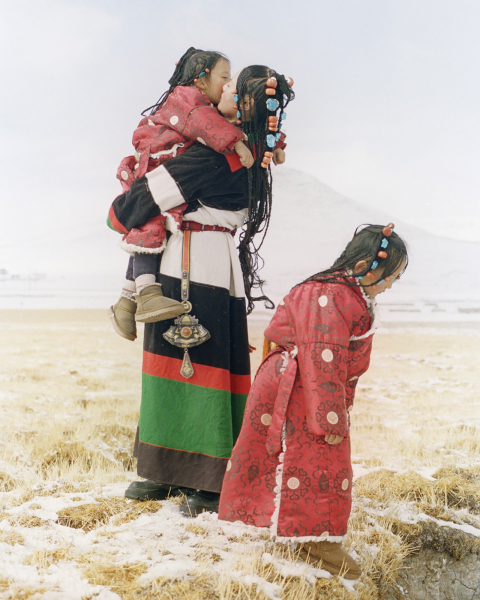
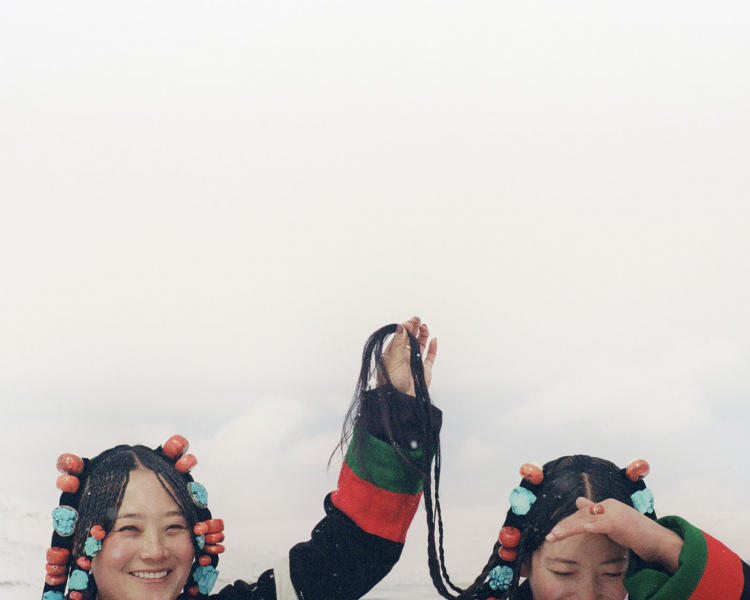
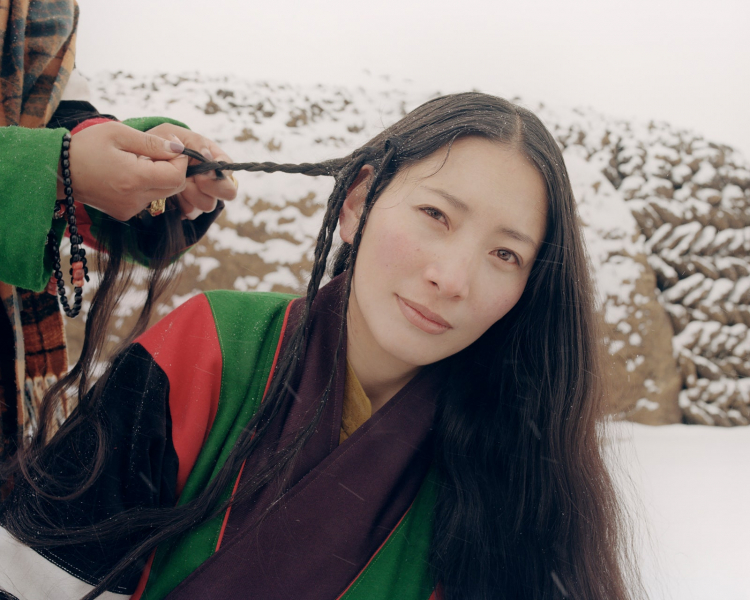
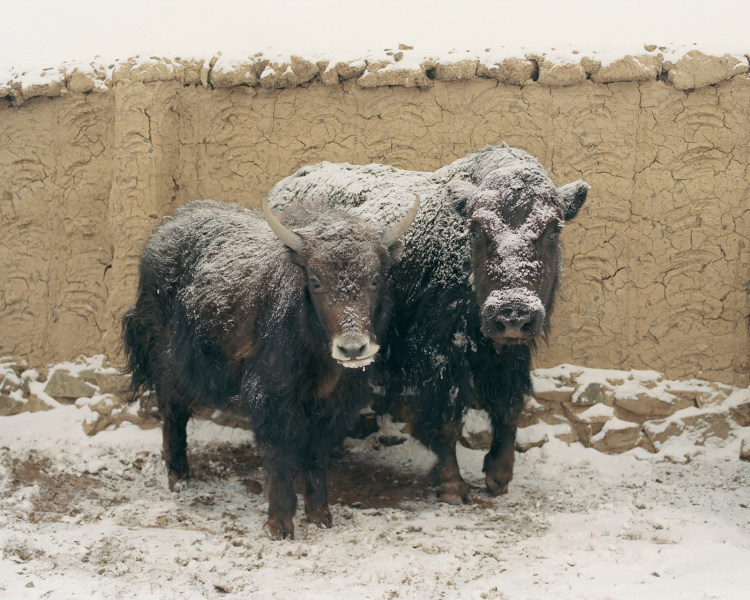
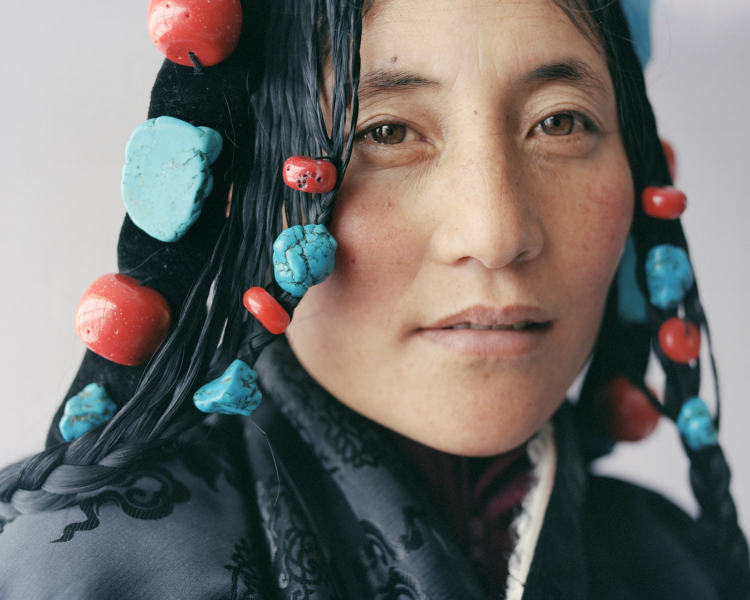
“My hair has been getting shorter and shorter since I have had children, and now I only have a few braids,” says Kangzhu. “A lot of times I’ll put on a fake braid, which is very convenient and makes my hair look nice and plentiful.”

Four-year-old Yixi Kangzhu loves the turquoise beads the most. “The blue-green stone looks like the blue sky or lakes, and sometimes like the meadows.”
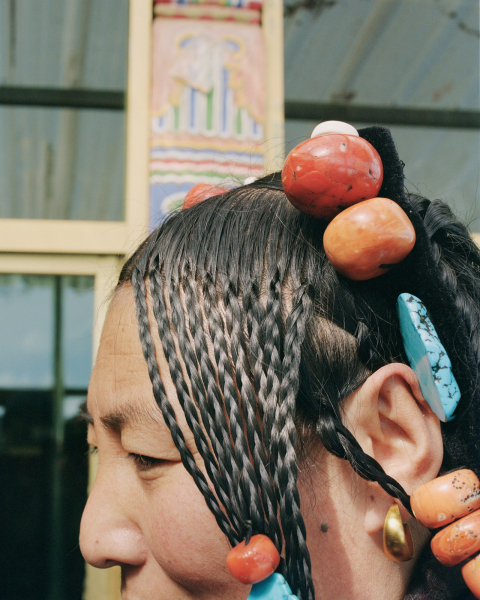
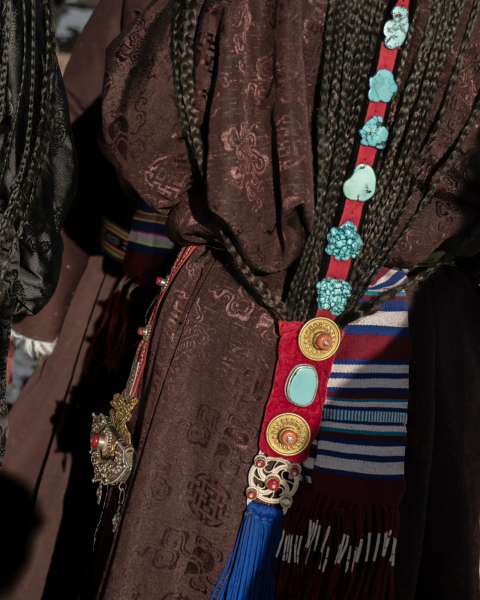
“In my village, it is tradition for a woman who is getting married to have her hair braided like this,” says Mji. “If you don’t braid your hair, the neighbours will laugh at you.”
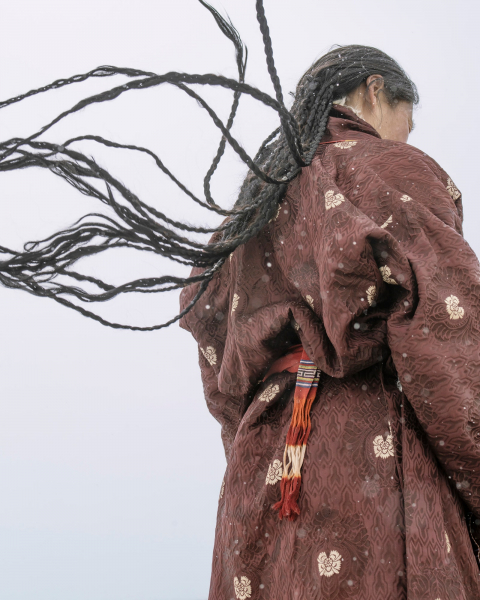

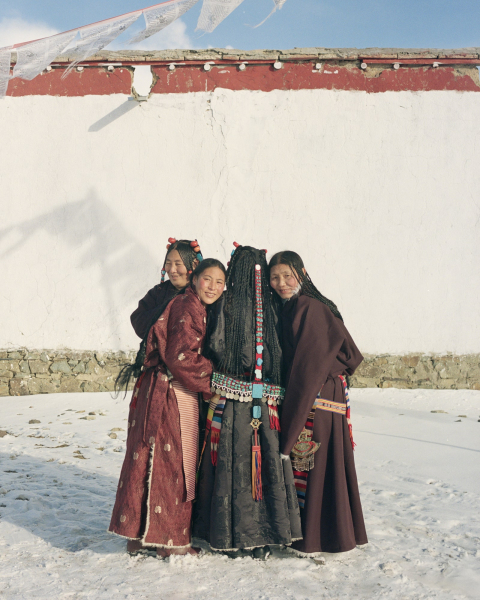
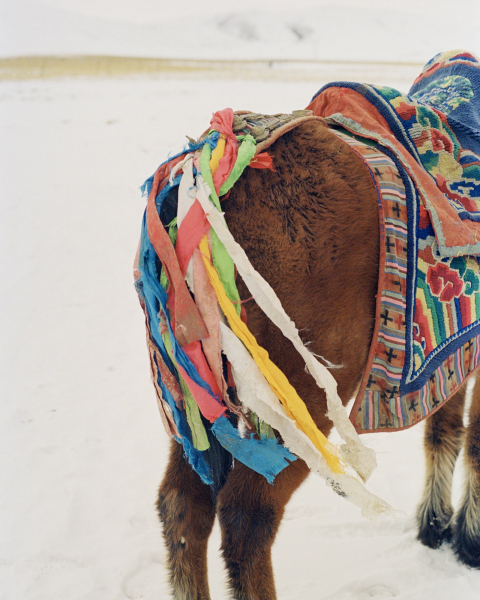
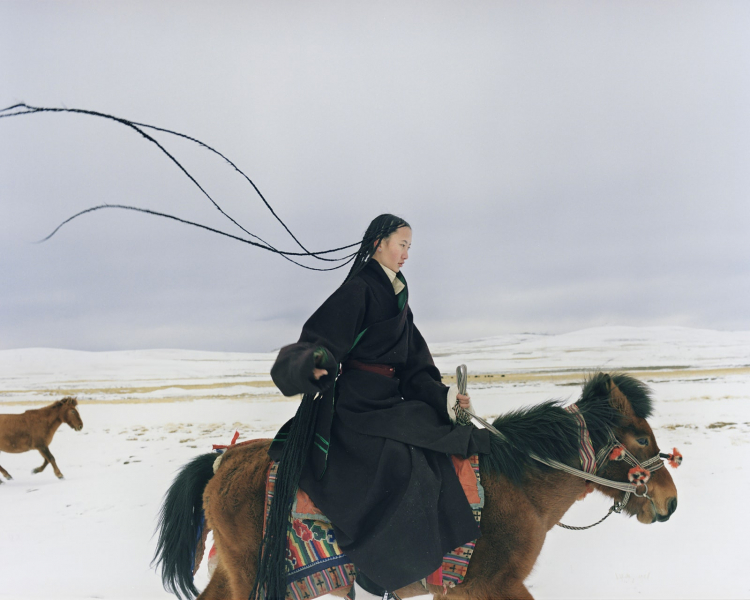
“Times are changing and Tibetans must change too if they are not going to be left behind,” says 17-year-old Jibasuo, who hasn’t cut her hair since she was 10. “But as long as my hometown exists and my parents are alive, I will continue to follow traditional customs.”

